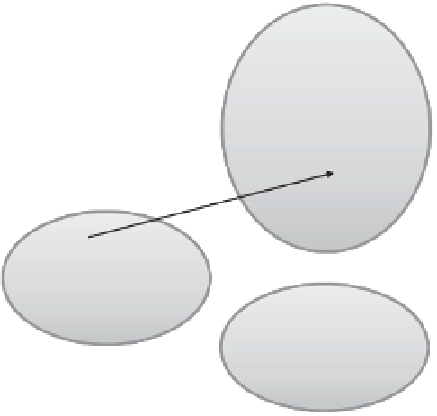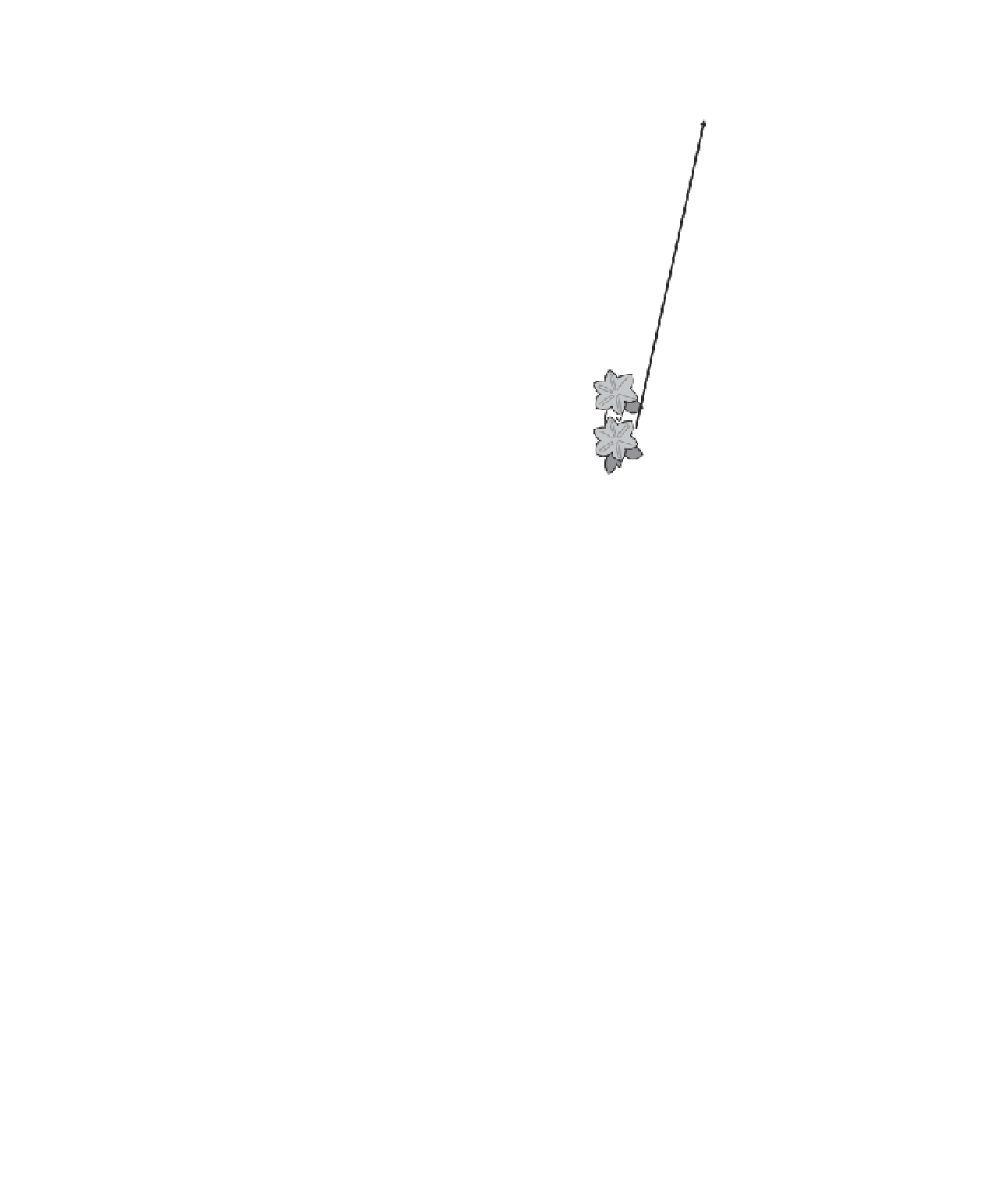Environmental Engineering Reference
In-Depth Information
(a) Compartmentalized network
(b) Nested network
Figure 6.5
Network architecture. (a) Species form networks of interdependence such as illustrated in this fi gure. The nature
of the interaction may be antagonistic (when one species benefi ts but the other loses, for instance by predation of one by the
other) or mutualistic (when both species benefi t from the interaction). (b) Consumptive interactions tend to be arranged in
compartments, whereas mutualistic interactions tend to be nested. (Modifi ed from Bascompte 2010 .)
strength patterns in food webs. Most natural commu-
nities, however, consist of a range of possible interac-
tions being mutualistic interactions, consumptive
interactions, interference, and interactions mediated
via the environment. To integrate these possible inter-
actions into a unifi ed understanding of the network
structure remains one of the scientifi c challenges for
the coming years.
destroyed ecosystems that were formulated in the
Primer for Ecological Restoration of SER (2004) in
terms of nine attributes of restored ecosystems (see
Chapter 2). What kind of recommendations can we
derive from our discussion of the structure and func-
tioning of ecosystems and biotic communities with
reference to these attributes?
We recommend that ecologists and their collabora-
tors who aim to re-establish 'a characteristic assem-
blages of the species that occur in the reference
ecosystem' they have chosen or constructed, to explic-
itly consider the importance of both negative and posi-
tive interactions between and among species within
the network of the community, and the very real pos-
sibility of trophic cascades, both of which can differ in
restored ecosystems as compared to their respective
reference systems. Note that we have hardly dealt with
the effects of alien invasive species as compared to the
effects of indigenous species; for this topic, please see
Chapter 20 .
The condition that 'all functional groups necessary
for the continued development and/or stability of the
6.5 RESTORATION OF ECOSYSTEMS:
A FEW RECOMMENDATIONS
In this chapter, we have presented some of the basic
concepts of the ecology of ecosystems and biotic com-
munities, which may help those engaged in the ecologi-
cal restoration and rehabilitation of degraded and
impaired ecosystems based on a scientifi c approach to
the problem. We have also alerted the reader to a
number of potential implications of developing theo-
ries. So far, however, we have not referred to the criteria
for the successful restoration of degraded, damaged or
































